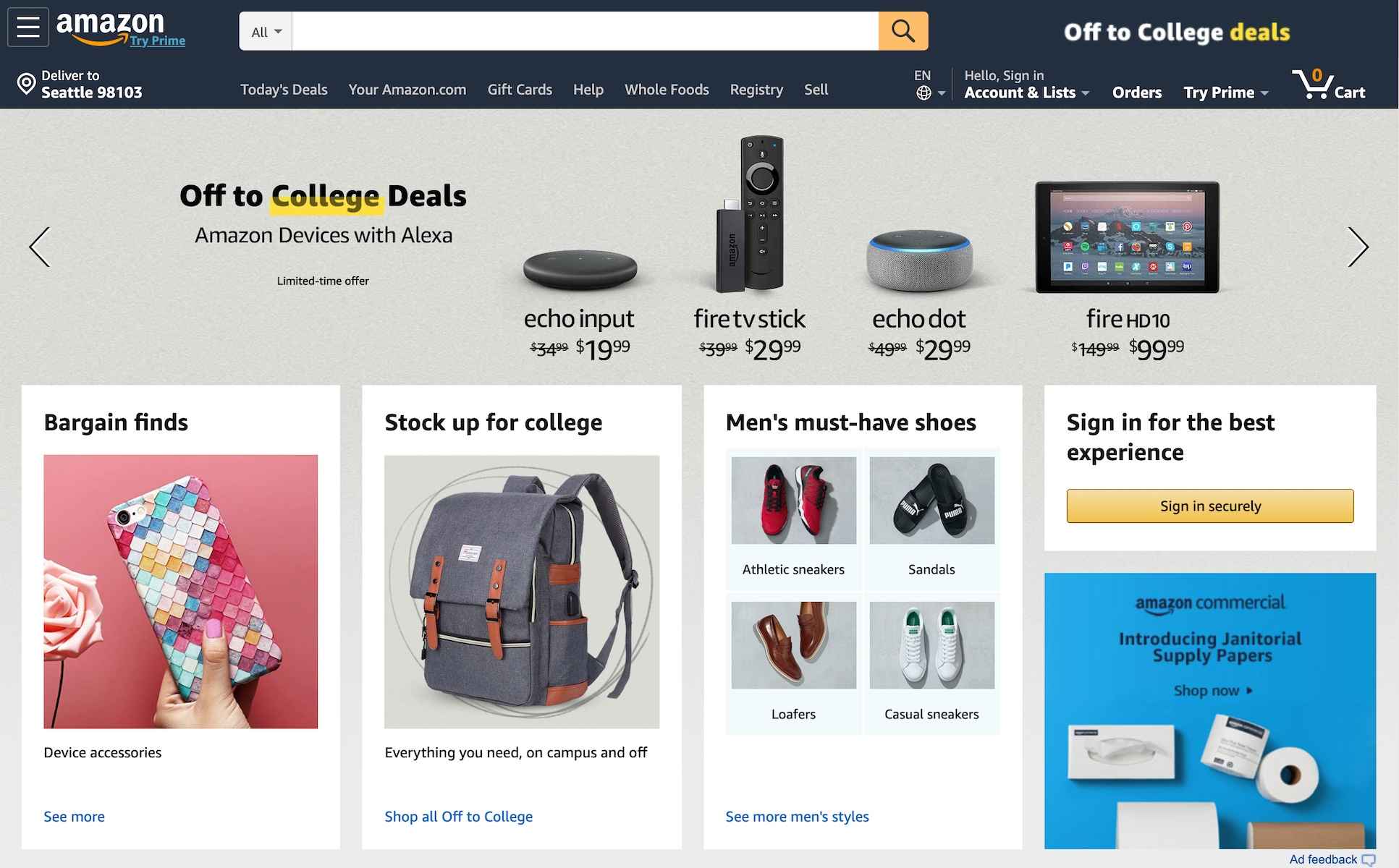x


The e-commerce industry has grown exponentially, with Amazon leading the way as a marketplace giant. However, Shopify, a leading e-commerce platform for direct-to-consumer (D2C) brands, has gained significant traction among sellers looking to establish their own digital presence. If you’re already selling on Amazon, the question arises: Should you also launch a Shopify website?
This blog explores the benefits, challenges, and strategies of combining Amazon’s reach with Shopify’s flexibility, backed by data and insights.
Amazon accounts for over 39.5% of U.S. e-commerce sales and hosts more than 2 million sellers globally. Its marketplace offers:
Massive Traffic: With over 2.5 billion monthly visits, Amazon guarantees exposure.
Fulfillment Support: Fulfillment by Amazon (FBA) simplifies logistics.
Trust Factor: Customers inherently trust Amazon’s brand and policies.
While these benefits make Amazon indispensable, it has its limitations:
Limited Customer Ownership: Amazon controls customer data, leaving sellers without direct access to their buyer base.
High Fees: Referral fees, FBA charges, and advertising costs eat into margins.
Brand Dependence: Your brand often gets overshadowed by Amazon’s marketplace-centric approach.

Shopify powers over 4.12 million websites globally, offering unparalleled control and scalability for sellers. Here’s why adding Shopify to your strategy can be advantageous:
1. Full Control Over Branding
Shopify allows you to create a website tailored to your brand’s identity, offering a consistent customer experience that fosters loyalty.
– 86% of consumers prefer brands that are authentic and personalized in their approach.
2. Customer Data Access
Unlike Amazon, Shopify provides detailed insights into customer behavior, such as purchasing patterns and email addresses. This data can be used for:
– Retargeting campaigns.
– Personalized marketing efforts.
3. Improved Profit Margins
Shopify eliminates marketplace fees, allowing sellers to retain higher margins. This is crucial for sellers who want to reinvest profits into growth strategies.
4. Diversified Revenue Streams
Reliance on a single platform poses risks. With Shopify, you diversify your sales channels, reducing dependency on Amazon.

1.Traffic Generation
Amazon offers built-in traffic. In contrast, driving traffic to a Shopify site requires investment in:
– Paid ads (Google, Facebook, Instagram).
– Content marketing and SEO strategies.
2.Operational Complexity
Running two platforms can create challenges in inventory management, order fulfillment, and pricing consistency.
3.Building Customer Trust
While Amazon provides a trusted ecosystem, a Shopify store requires investment in:
– High-quality website design.
– User-friendly interfaces.
– Clear policies and responsive customer support.
1. Leverage Amazon Traffic
Use Amazon’s vast customer base to promote your Shopify store subtly:
– Include packaging inserts with website links or discount codes.
– Use Amazon ads to boost product visibility and mention your website.
2. Integrate Operations
Invest in tools like Shopify’s Amazon Integration or inventory management software (e.g., Sellbrite) to:
– Sync inventory across platforms.
– Manage orders seamlessly.
3. Focus on Exclusive Products
Offer exclusive products or bundles on your Shopify store to incentivize customers to shop directly.
4. Invest in SEO and Content Marketing
Unlike Amazon’s algorithm, Shopify thrives on Google search rankings. Build a robust SEO strategy with:
– Keyword-optimized product descriptions.
– Blog content around your niche.
Launching a Shopify store alongside Amazon is ideal for sellers who:
– Have an established Amazon presence and want to scale beyond.
– Desire greater control over branding and customer relationships.
– Are prepared to invest in marketing to drive traffic to their Shopify store.
For newer sellers, focusing solely on Amazon to establish brand credibility and generate sales might be more practical initially.
Amazon and Shopify are not competitors; they complement each other. While Amazon offers reach and instant credibility, Shopify empowers sellers with independence, branding, and direct customer engagement. Combining both platforms allows you to tap into Amazon’s traffic while building long-term customer loyalty through Shopify.
A well-executed dual-platform strategy can reduce risk, diversify revenue streams, and set your business up for sustainable growth. Whether you’re a seasoned seller or just starting, the decision to launch a Shopify website should align with your business goals, resources, and vision for the future

Our strategy and growth experts will take you through our array of services and explain how our amalgamation of skilled human resources and technology can help you grow faster and more profitable.
Free Consultation